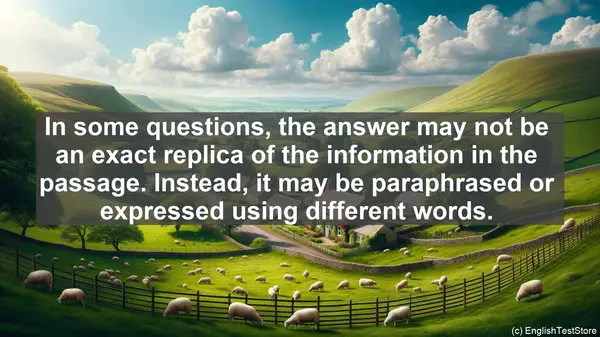Introduction: The Importance of Reading Skills in TOEFL iBT
Welcome to today’s lesson, where we’ll be discussing the top 10 strategies for overcoming common pitfalls in the TOEFL iBT Reading section. As you may know, the Reading component plays a crucial role in your overall TOEFL score. It not only tests your comprehension abilities but also evaluates your critical thinking and analytical skills. So, let’s dive right in!
1. Skimming and Scanning: The Power Duo
When you first encounter a passage, don’t jump straight into reading every word. Instead, start by skimming the text to get a general idea of the topic, main points, and structure. This initial overview will help you create a mental roadmap. Next, use scanning techniques to locate specific information quickly. By combining skimming and scanning, you’ll save time and have a better grasp of the passage.
2. Active Reading: Engage with the Text
Reading actively means being an active participant rather than a passive observer. Highlight key words, underline important phrases, and jot down quick notes. This not only helps with immediate comprehension but also aids in later reference. Additionally, by actively engaging with the text, you’re more likely to stay focused and retain information.

3. Vocabulary: Context is Key
Encountering unfamiliar words is common in the TOEFL Reading section. Instead of getting stuck, use contextual clues. Look for surrounding words, phrases, or even the overall tone to deduce the meaning. Remember, you don’t need to know every single word; it’s about understanding the overall message.
4. Understanding the Questions: Decode and Conquer
Before diving into the answer choices, make sure you fully understand the question. Sometimes, a question may have multiple parts or be phrased in a tricky way. Take a moment to decode it, break it down, and identify the key elements. This will guide you in selecting the most appropriate answer.

5. Answer Choices: The Art of Elimination
In multiple-choice questions, it’s often easier to eliminate the incorrect options rather than directly finding the correct one. Look for clues, such as extreme language or options that don’t directly address the question. By narrowing down the choices, you increase your chances of selecting the right answer.
6. Time Management: Divide and Conquer
The TOEFL Reading section is time-bound, so managing your time effectively is crucial. Divide the available time equally among the passages. If you’re stuck on a question, don’t dwell on it for too long. Move on, and come back to it later if time permits. Remember, every question carries the same weightage, so it’s better to attempt all of them.
7. Paraphrasing: Spotting the Equivalent
In some questions, the answer may not be an exact replica of the information in the passage. Instead, it may be paraphrased or expressed using different words. Train yourself to spot these equivalents by practicing with sample questions. This skill will be invaluable in the exam.
8. Cohesion: Understanding the Passage as a Whole
TOEFL passages are not just a collection of random sentences. They’re carefully structured, with each sentence contributing to the overall meaning. Pay attention to the logical flow, transitional words, and the connections between ideas. This will help you grasp the passage’s main message and answer related questions accurately.
9. Prior Knowledge: Use it Wisely
While the TOEFL is designed to test your English proficiency, it’s okay to bring in your prior knowledge. If a topic is familiar to you, use that background information to your advantage. It can help you make educated guesses, infer meanings, and understand the passage more deeply.
10. Practice, Practice, Practice: The Ultimate Key
Last but not least, practice is the ultimate key to success in the TOEFL Reading section. Regularly work on sample passages, simulate exam conditions, and analyze your performance. This will not only improve your skills but also boost your confidence on test day.
